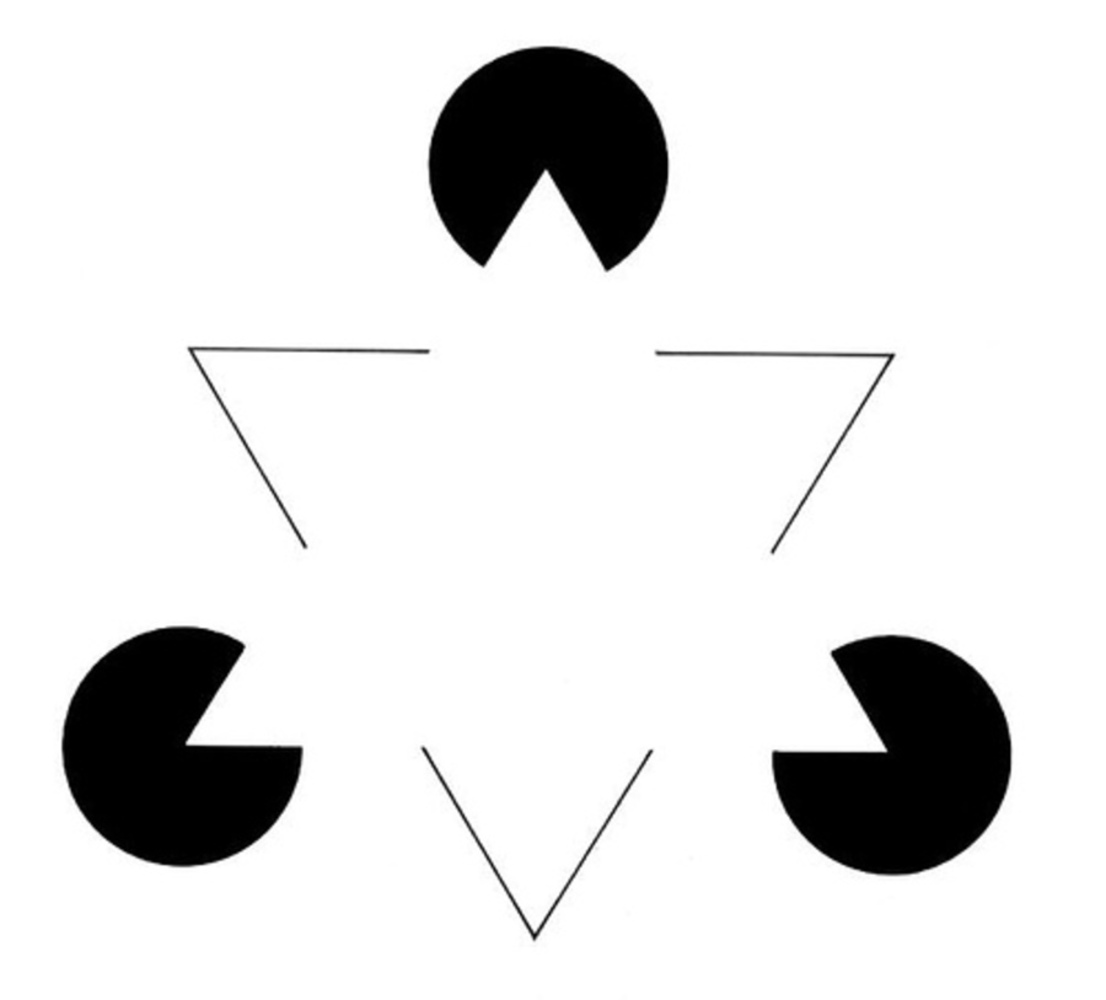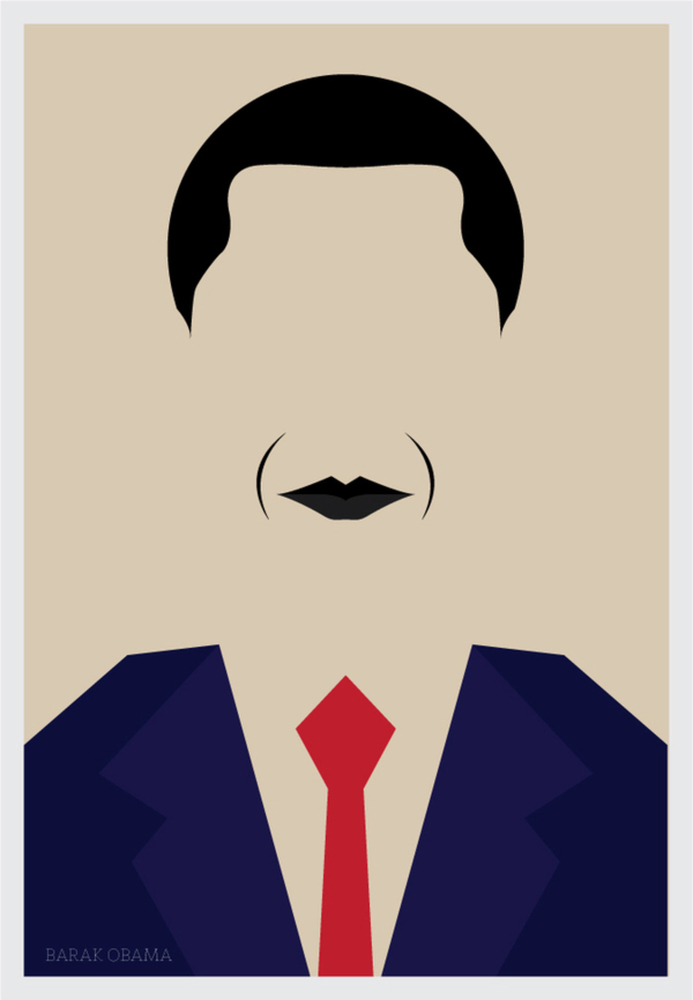Perceptual Illusion
The illusion which I chose for this project, Kanizsa's Triangle, is one example of a family of illusions called Illusory Contours. This optical illusion occurs when an edge is perceived without luminance, color, or texture differences defining that edge. From a neurological standpoint, illusion is triggered by visual cortexes. As for what stimulates this response the general idea is that the choice of shapes provides specific cues about the depth of objects to the viewer. In Kanizsa's Triangle, the pacmen appear to be "deeper" in the picture due to the association between depth and brightness. These cues then signal to the brain that there is a bright triangle which is obstructing the smaller circles, leading to the illusion.








